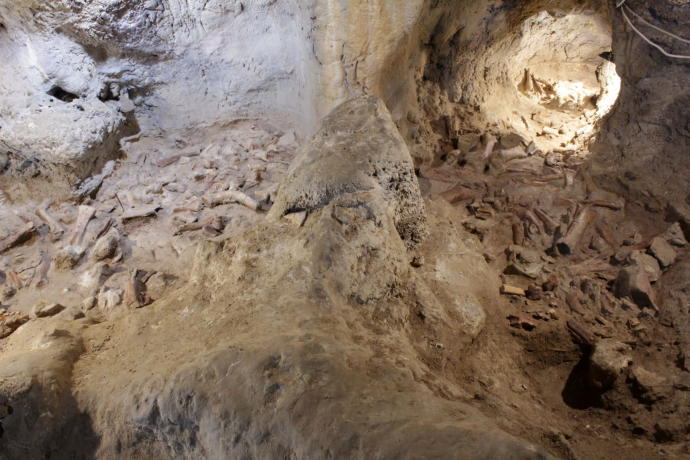Drinking wine was a common practice in Ancient Rome, enjoyed not only by aristocrats and emperors, but also by slaves, peasants, and men and women alike, a new study has uncovered.
While the existence and importance of wine are well known to scholars, exactly how ancient Romans kept their wine safe and full of flavor has so far been unknown.
A study published in the peer-reviewed scientific journal PLOS ONE examined three 1,500-year-old Roman amphorae (jugs used to transport wine) that were taken from a seabed deposit found in San Felice Circeo, about 55 miles southeast of Rome.
In the study, led by chemist Louise Chassouant, scientists using methods in the burgeoning field of archaeobotany (the study of plant remains) were able to determine how Ancient Romans made wine and what elements they used in the process.
In 2018, notable winter storm tides have allowed identifying a huge scattering of different archaeological finds on a seabed close to the modern harbor of San Felice Circeo.

Since then, regular underwater archaeological surveys have been conducted by the local Office of the Italian Ministry of Culture.
These surveys, which are still ongoing, revealed a broadly consistent chronological representation, with ceramic finds spanning from the Republican period through the Late Roman period up to the post-medieval period.
Recovered amphorae
The majority of the recovered Roman amphorae belong to the late Greco-Italic Dressel 1A type, dating from the second half of the 2nd century BC to the middle of the 1st century BC.
The study found that pine was used to create a kind of waterproofing tar to coat the inside of jars, but also speculated that this could have been done to flavor the wine itself.
The study also determined that because pine was not native to the region, it must have been imported, most likely from Calabrian or Sicily, adding credence to existing archaeological and historical evidence of trade links between the regions 1,500 years ago.
the researchers emphasized that using a multidisciplinary approach was key to their findings, stating that they “have pushed the conclusion further in the understanding of ancient practices than it would have been with a single approach.”
